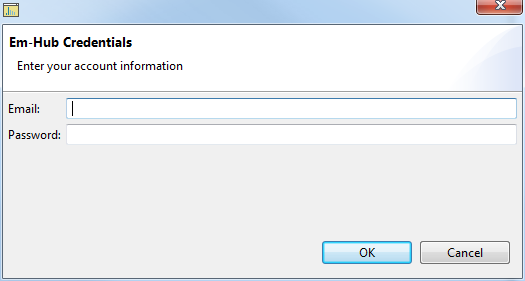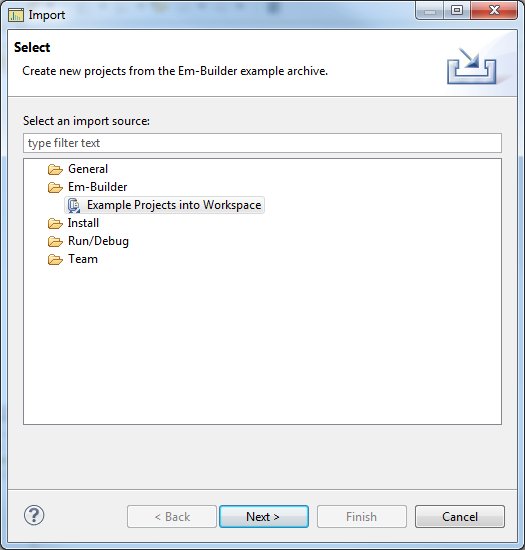The
Tiva line of processors from
Texas Instruments has an internal temperature sensor. Code to do this is below. To use this,
- Call halTemperatureSensorInit() to initialize the sensor and ADC. Only needs to be done once.
- Call halGetTemperature() to get the temperature in Celsius
- Optionally, call halConvertTemperatureFromCtoF to convert it to Fahrenheit
Example code is below.
/**
* Tiva Microcontroller Internal Temperature Utility Functions
*
* @section license License
* This work is PUBLIC DOMAIN
*
* YOU FURTHER ACKNOWLEDGE AND AGREE THAT THE SOFTWARE AND DOCUMENTATION ARE PROVIDED “AS IS”
* WITHOUT WARRANTY OF ANY KIND, EITHER EXPRESS OR IMPLIED, INCLUDING WITHOUT LIMITATION, ANY
* WARRANTY OF MERCHANTABILITY, TITLE, NON-INFRINGEMENT AND FITNESS FOR A PARTICULAR PURPOSE. IN NO
* EVENT SHALL TESLA CONTROLS BE LIABLE OR OBLIGATED UNDER CONTRACT, NEGLIGENCE,
* STRICT LIABILITY, CONTRIBUTION, BREACH OF WARRANTY, OR OTHER LEGAL EQUITABLE THEORY ANY DIRECT OR
* INDIRECT DAMAGES OR EXPENSE INCLUDING BUT NOT LIMITED TO ANY INCIDENTAL, SPECIAL, INDIRECT,
* PUNITIVE OR CONSEQUENTIAL DAMAGES, LOST PROFITS OR LOST DATA, COST OF PROCUREMENT OF SUBSTITUTE
* GOODS, TECHNOLOGY, SERVICES, OR ANY CLAIMS BY THIRD PARTIES (INCLUDING BUT NOT LIMITED TO ANY
* DEFENSE THEREOF), OR OTHER SIMILAR COSTS.
*/
/**
* Initialize the ADC for use by the temperature sensor.
* @see TivaWare/examples/peripherals/adc/temperature_sensor.c
* @post temperature sensor can be read with halGetTemperature()
*/
static void halTemperatureSensorInit()
{
/** Enable the ADC */
SysCtlPeripheralEnable(SYSCTL_PERIPH_ADC0);
#define ADC_SEQUENCE 3
#define ADC_STEP 0
/* Enable sample sequence 3 with a processor signal trigger.
* Sequence 3 will do a single sample when the processor sends a signal to start the conversion. */
ADCSequenceConfigure(ADC0_BASE, ADC_SEQUENCE, ADC_TRIGGER_PROCESSOR, 0);
/* Configure step 0 on sequence 3:
* - Sample the temperature sensor (ADC_CTL_TS) in single-ended mode (default)
* - Configure the interrupt flag (ADC_CTL_IE) to be set when the sample is done
* - Tell the ADC logic that this is the last conversion on sequence 3 (ADC_CTL_END). */
ADCSequenceStepConfigure(ADC0_BASE, ADC_SEQUENCE, ADC_STEP, ADC_CTL_TS | ADC_CTL_IE | ADC_CTL_END);
/* Enable the ADC Sequence we're using */
ADCSequenceEnable(ADC0_BASE, ADC_SEQUENCE);
/* Clear the interrupt status flag. This is done to make sure the interrupt flag is cleared before we sample. */
ADCIntClear(ADC0_BASE, ADC_SEQUENCE);
}
/**
* Read the processor's internal temperature sensor. Accuracy is +/-5C
* @pre halTemperatureSensorInit() was called to initialize the ADC
* @return temperature of processor in degrees Celsius
* @note to convert: VTSENS = 2.7 - ((TEMP + 55) / 75)
*/
int32_t halGetTemperature()
{
/* This array is used for storing the data read from the ADC FIFO. It must be as large as the
FIFO for the sequencer in use. This example uses sequence 3 which has a FIFO depth of 1. */
uint32_t ulADC0_Value[1];
/* Our output value */
int32_t temperatureInDegreesC;
/* Manually Trigger the ADC conversion */
ADCProcessorTrigger(ADC0_BASE, 3);
/* Wait for conversion to be completed */
while(!ADCIntStatus(ADC0_BASE, 3, false))
{
}
/* Clear the ADC interrupt flag. */
ADCIntClear(ADC0_BASE, 3);
/* Read ADC Value. */
ADCSequenceDataGet(ADC0_BASE, 3, ulADC0_Value);
//UARTprintf("ADC Value = %u\n", ulADC0_Value[0]);
/* Reference voltage of 3.3V, in mV. */
#define REFERENCE_VOLTAGE_MV (3300l)
/* ADC is 12 bit resolution */
#define NUMBER_OF_STEPS_12_BIT_RESOLUTION (4096l)
/* The voltage from the ADC, in millivolts */
uint32_t adcMv = (uint32_t) ((ulADC0_Value[0] * REFERENCE_VOLTAGE_MV) / NUMBER_OF_STEPS_12_BIT_RESOLUTION);
/* Use non-calibrated conversion provided in the data sheet. Divide last to avoid dropout. */
temperatureInDegreesC = (147500l - 75l * adcMv) / 1000;
return temperatureInDegreesC;
}
/**
* Utility function to convert a celsius temperature to fahrenheit.
* @param temperatureInDegreesC the temp in C
* @return the temp in F
*/
int32_t halConvertTemperatureFromCtoF(int32_t temperatureInDegreesC)
{
return ((temperatureInDegreesC * 9) + 160) / 5;
}




























